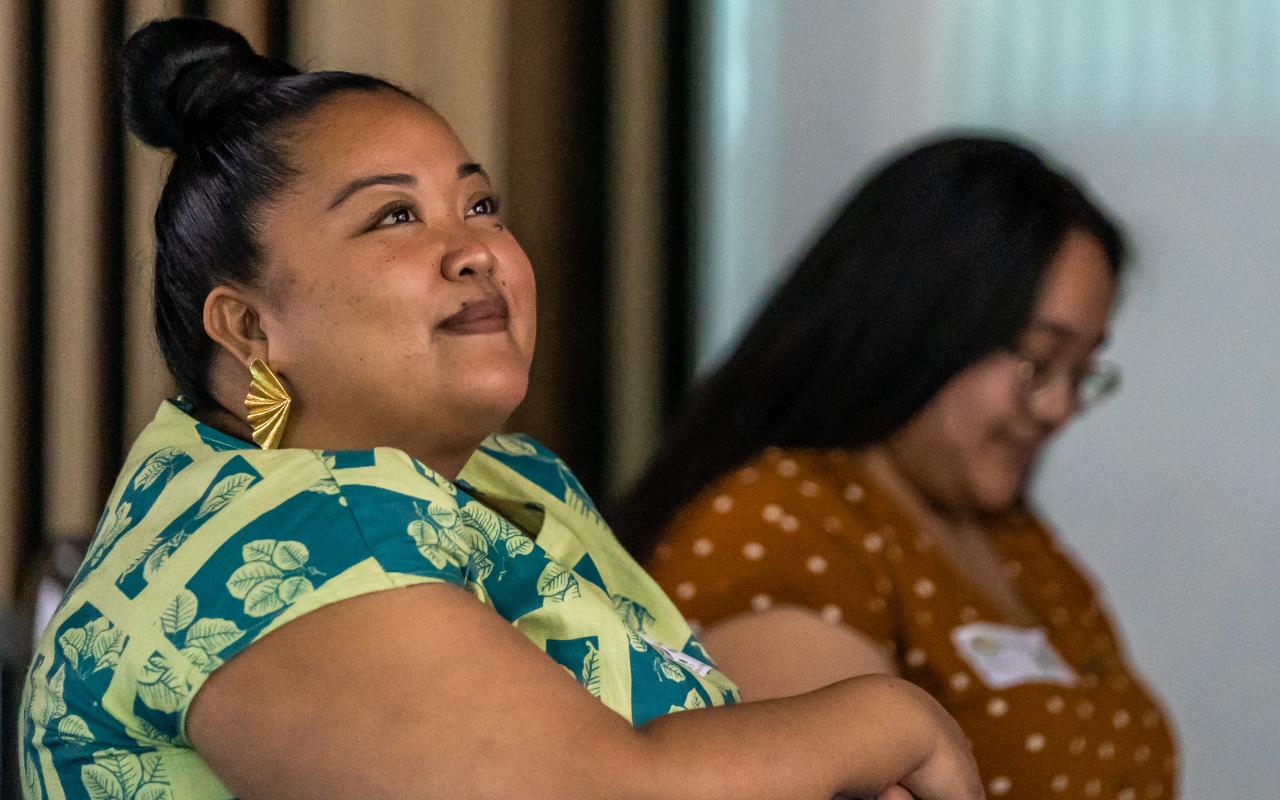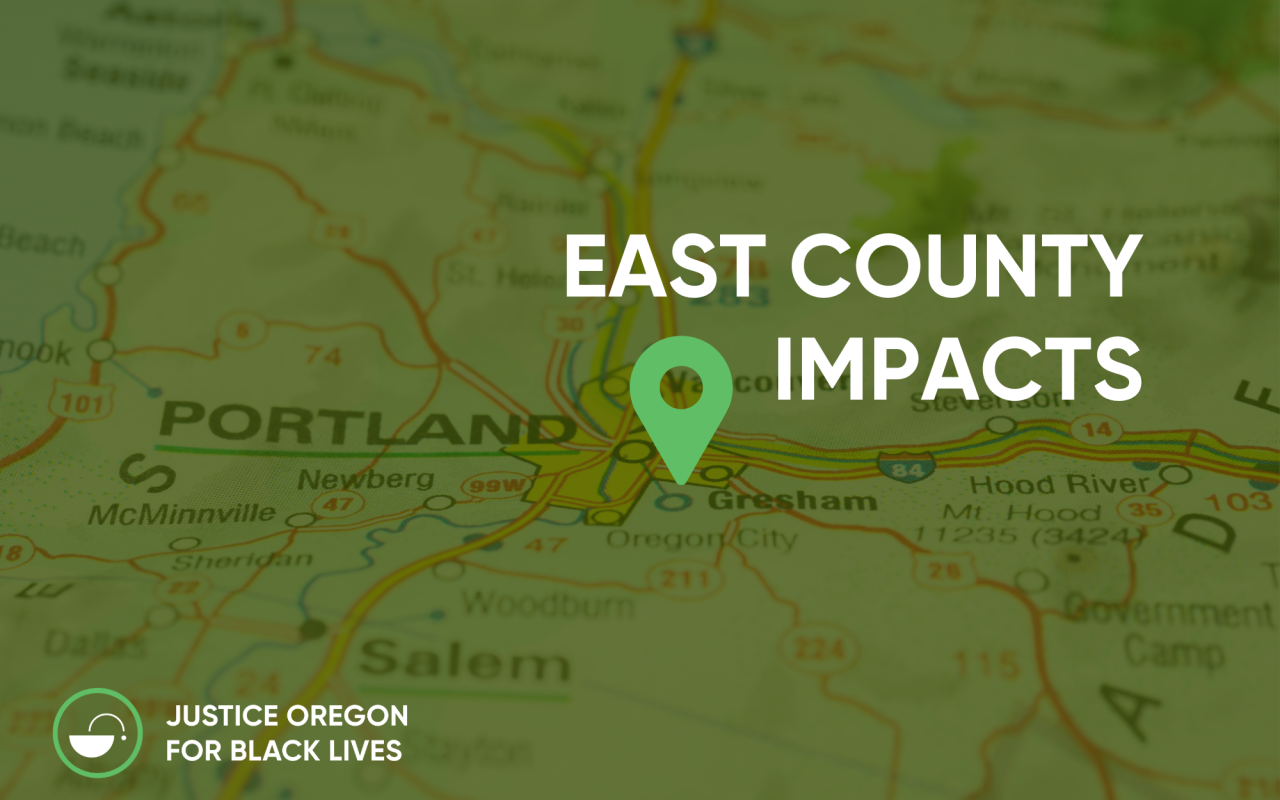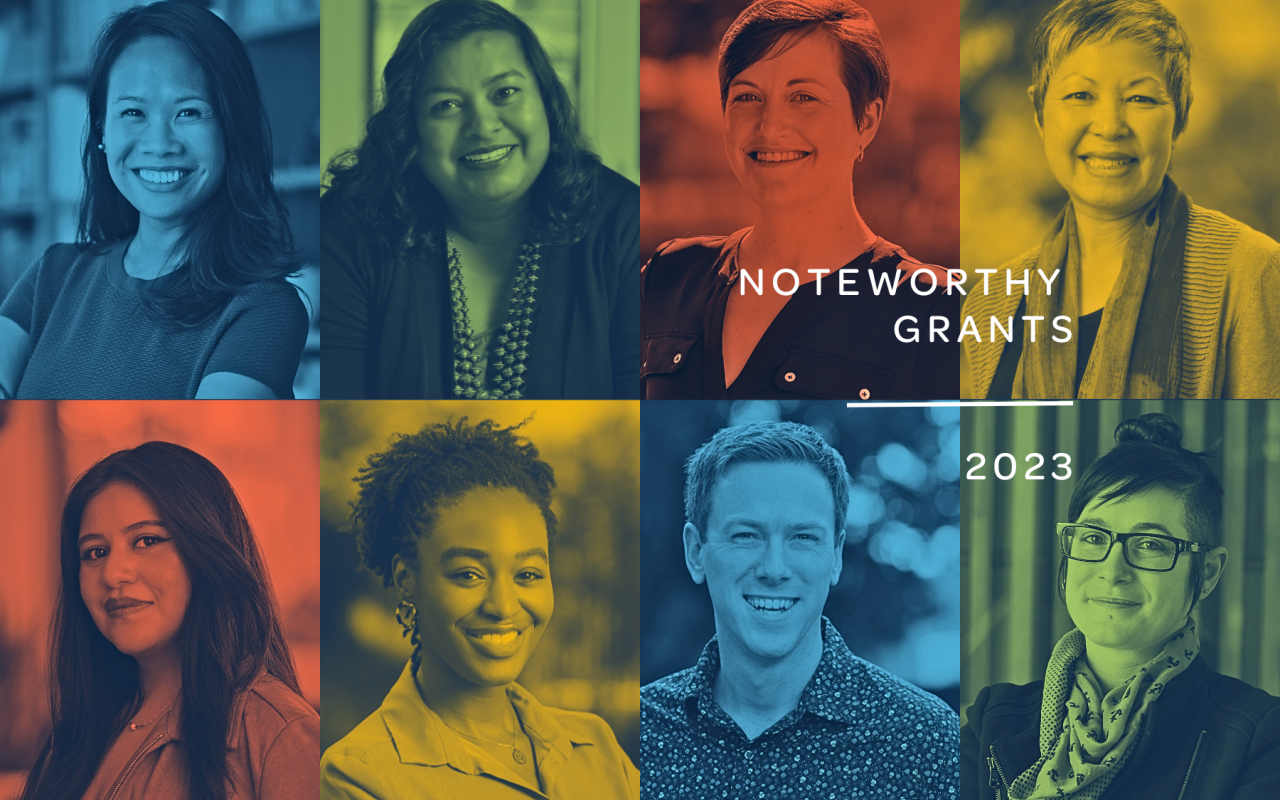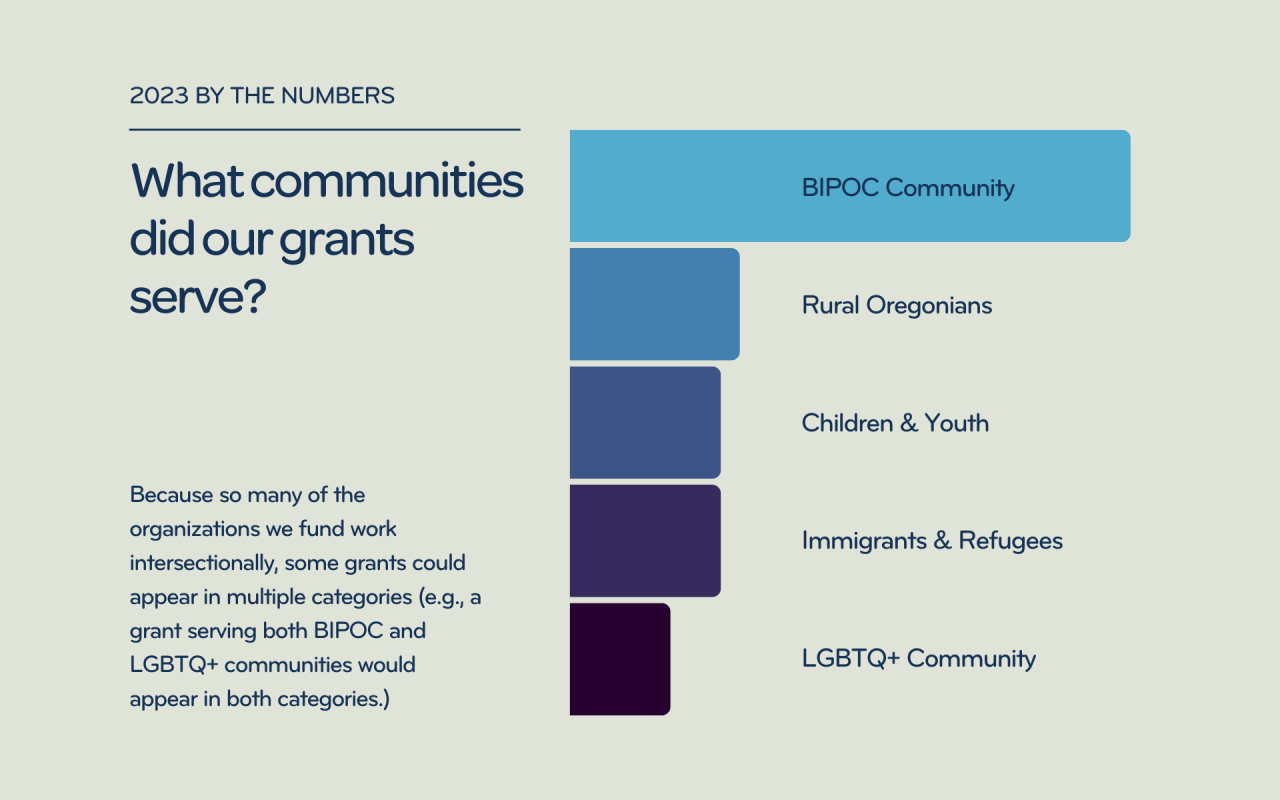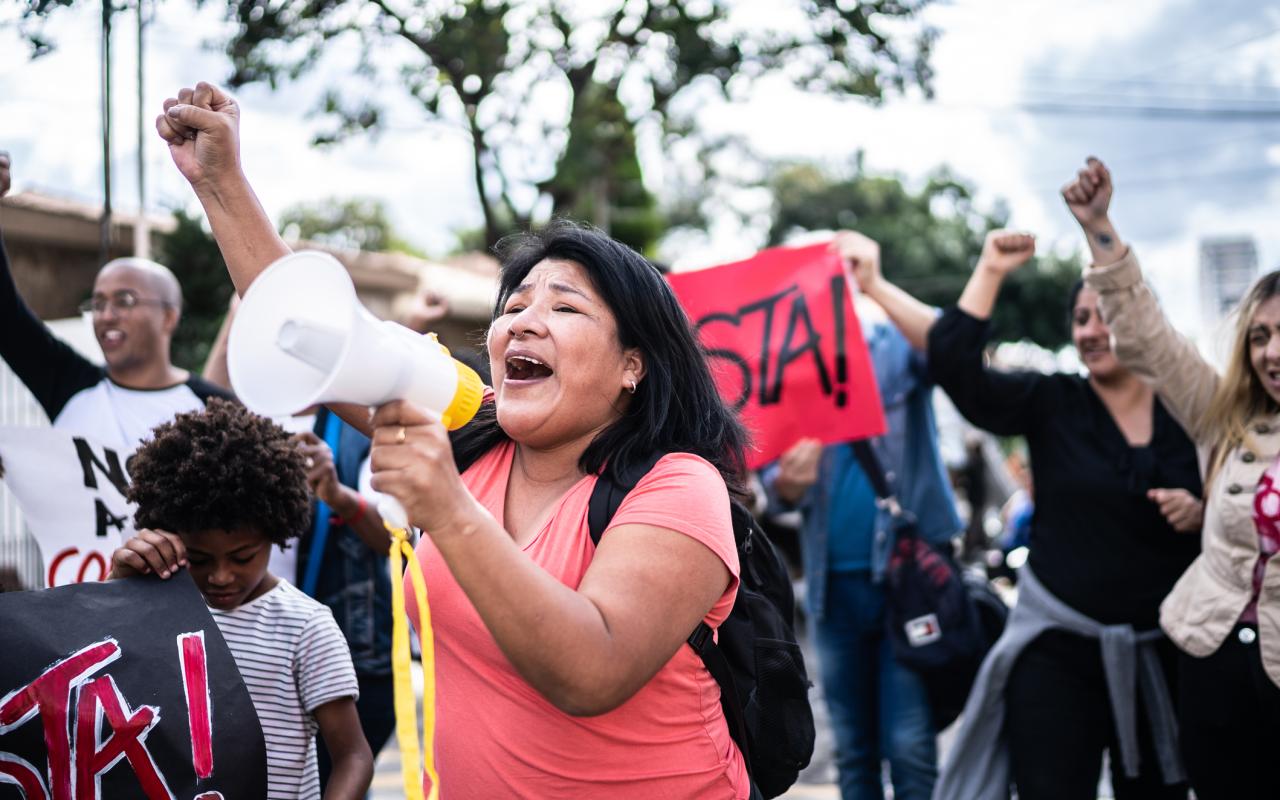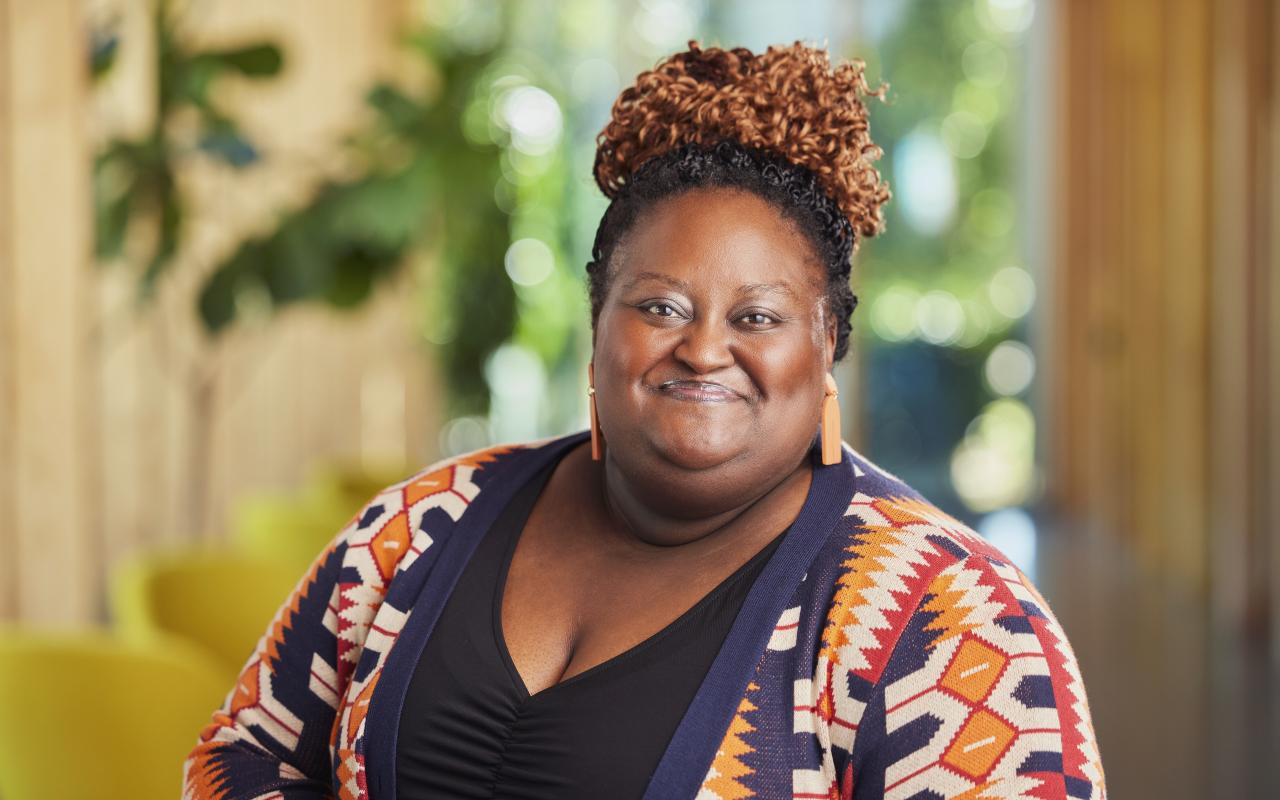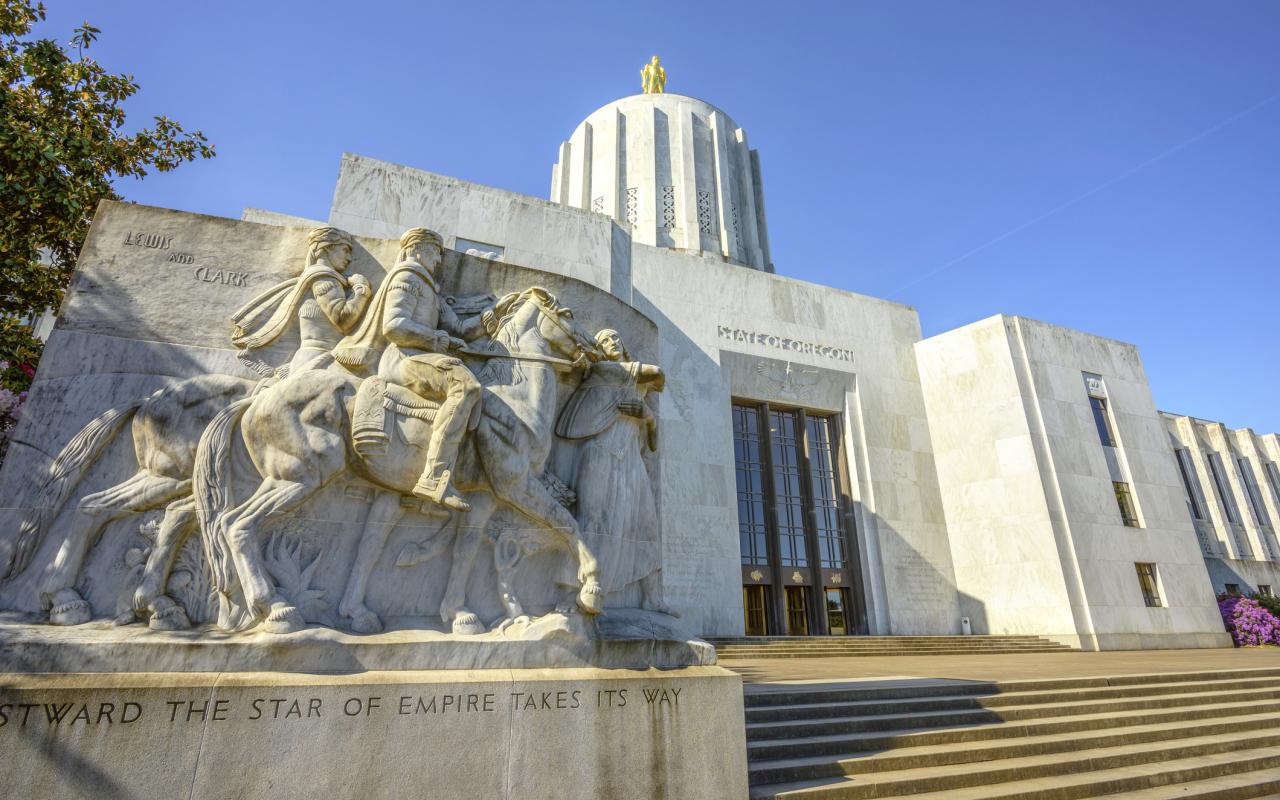Sharing the Path on Our Journey Towards Justice
In his 1988 novel "Arrow of God,” Chinua Achebe quotes a well-known Igbo proverb that says “The world is like a Mask dancing. If you want to see it well, you do not stand in one place.”
He later talked about the power of that statement in Igbo culture, telling an interviewer that the masquerade represented all the motion of life — music, architecture, dance, writings, history, battle, politics — and that we must be ready and open to try something new.
“You are telling people not to get so deeply rooted in one thing that they don’t see the possibilities in change.”
Over the past seven months since I’ve joined the team at Meyer Memorial Trust, I’ve considered it a powerful opportunity to see my community and the possibilities to have a meaningful impact in new ways. After spending nearly 20 years in Portland as a journalist, non-profit advocate and leader in public policy and government, I have welcomed the opportunity to learn from each place I’ve been. It is critical to take the lessons from wherever we are — how to build policy and programs, how our success is intertwined with our community members and how moving with compassion, creativity and perseverance is vital.
That is the same attitude that we’ve taken at Meyer as we’ve sought to complete the redesign of our program portfolios and grantmaking strategy.
Just as important as where we land and what we focus on is what kind of path we are taking to get there and the voices guiding our journey. Taking the time to engage with our community members, leaders, grantees, partners, staff and the learnings from research have all been important parts of the process. Among the major themes that we’ve heard:
From community input sessions: A holistic approach
One key through-line was to see our families, neighbors and children in holistic ways — that it’s as important to build tools, strength and skills as it is to invest in belonging, healing and power for communities that have been consistently denied access and opportunity.
From our grantees: Deeper investments, deeper relationships
We heard consistently the need for sustainable investments that result in deeper capacity building, collaboration and leadership development.
From research with our peers: Advance policy change and implementation
The promising and proven practices around philanthropy’s contribution to positive community change requires a committed focus on policy, advocacy and systems change in balance with program support.
From our staff: Center community voices
The staff at Meyer who have walked in the field with grantees over the past years have richly contributed their learnings to our design as well, calling us to center first the voices of our community and let those insights anchor us.
I could go on listing recommendations and feedback, dreams and demands. What we’ve been doing and are continuing to do is build the strongest program strategy we can with racial, social and economic justice as our through-line and community impact as our goal. We are looking at areas of opportunity, insight, alignment and where we can push ourselves to do more.
In the upcoming months, Nancy Haque, director of programs and policy will share more details about our three portfolios organized by issue area: Our Empowered Youth, Our Collective Prosperity and Our Resilient Places.
In addition to funding across our portfolios, we have grantmaking that supports key initiatives — community specific and culturally specific efforts as well as partnerships and coalitions, and movement building investments. The overarching goal is to ensure our Oregon environment is one where those most impacted by decisions have the time, tools and support to be part of our democracy and help shape what Oregon will become. Next month, you’ll get to hear more about this work from Erin Dysart, managing director of strategic initiatives.
Our aim is to take all we’ve been learning and put it into action for our state. Later this summer, our team will be traveling around Oregon to share more information about our work, answer questions and be in community.
With hope,
— Kim
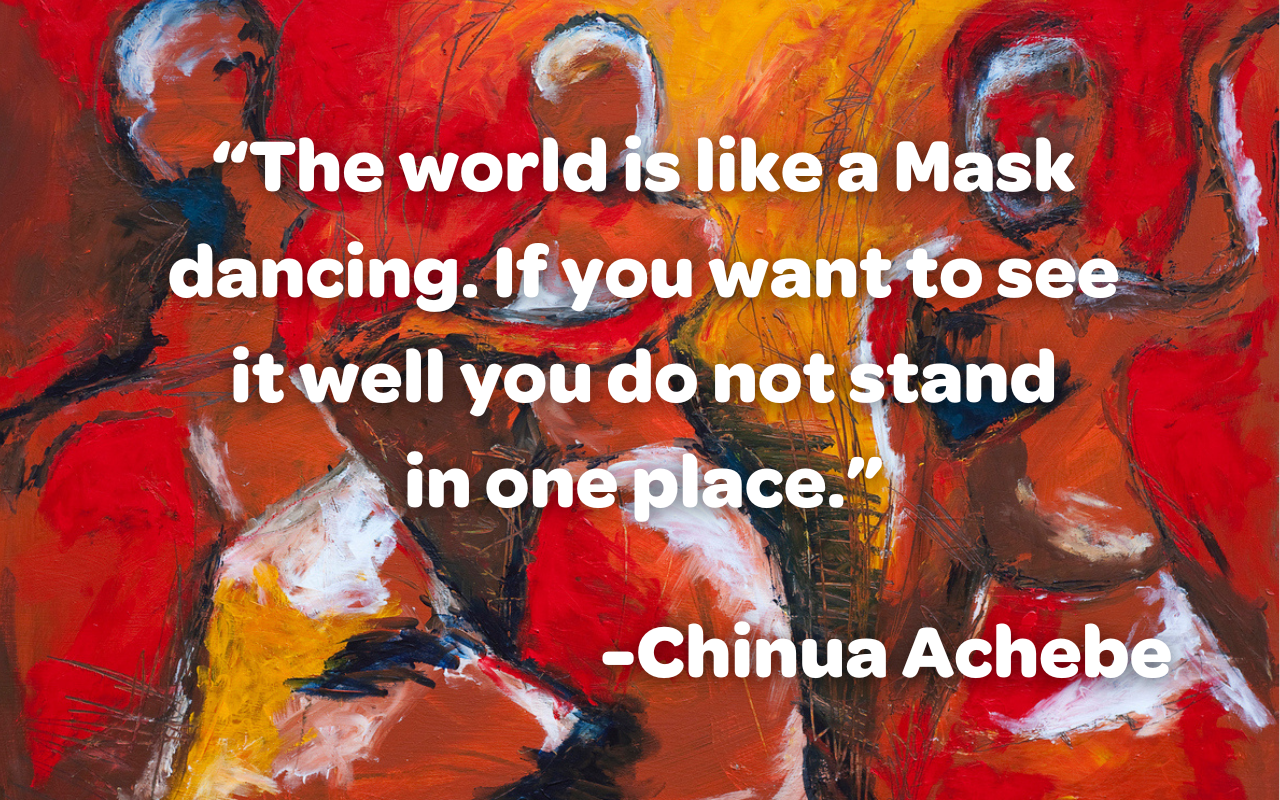
istock


